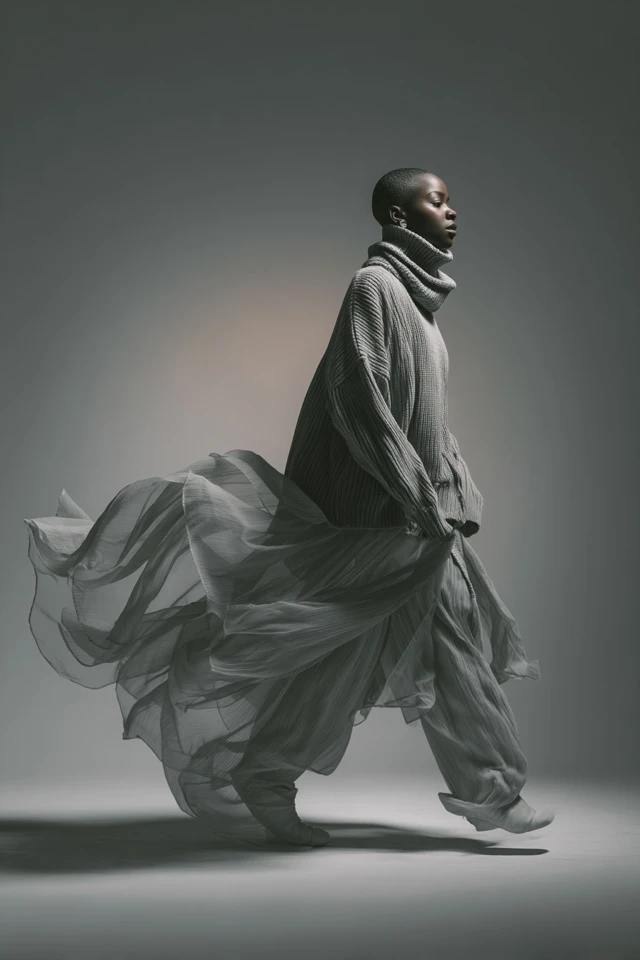Introduction
It was a crisp fall morning when I slipped on a soft, charcoal-gray turtleneck before heading out to a client meeting. The moment the fabric brushed my skin, I felt an immediate sense of warmth—not just physical, but emotional. As I caught my reflection, the simple yet elegant silhouette instantly boosted my confidence, setting the tone for the entire day. This experience crystallized for me why the humble turtleneck is far more than just a seasonal staple; it is a powerful clothing choice that influences how we feel and how others perceive us.
As someone who has studied fashion design and color psychology extensively, I understand that dressing is an intricate form of non-verbal communication. We convey moods, professionalism, approachability, and authority through our clothing, often without even realizing it. The cozy turtleneck, with its blend of comfort and sophistication, occupies a unique place in the fashion landscape—effortlessly bridging the gap between casual ease and refined style.
About the Author and My Trend Boutique
This guide is intended to inspire you to embrace turtlenecks in your wardrobe thoughtfully and creatively. From understanding color psychology to mastering layering techniques, you will discover how to harness the power of this iconic garment to elevate your style, enhance your self-confidence, and dress to impress in any season.
Foundational Concepts
Before diving into the versatility of turtleneck dressing, it’s essential to clarify some key concepts that inform effective styling and personal expression.
Color Psychology
Color psychology explores how hues influence human behavior, emotions, and perceptions. In fashion, using color intentionally can alter the way others see us and how we feel about ourselves. For example, warmer and deeper colors like burgundy and mustard often evoke feelings of comfort and confidence, while cooler tones such as navy and forest green communicate calmness and reliability. Research shows that the colors we wear can affect first impressions—vital in both social and professional settings.
Trend Forecasting
Understanding trend forecasting allows you to stay ahead of fashion cycles without losing your personal style. Trends reflect cultural moods and emerging innovations, but not all trends suit every individual. The key is to discern which elements align with your body shape, skin tone, and lifestyle to create a wardrobe that feels authentic and current without being disposable.
Dressing to Impress
Dressing to impress is more than just looking good; it’s about presenting the best version of yourself in alignment with your goals and environment. Strategic wardrobe choices—including fit, fabric choice, and color—can enhance professionalism and charisma. For instance, selecting a well-fitted turtleneck in a luxurious knit not only elevates your comfort but also signals sophistication, focus, and attentiveness to detail.
These foundational ideas set the stage for exploring how turtlenecks serve as a versatile, empowering wardrobe building block.
Picture Gallery
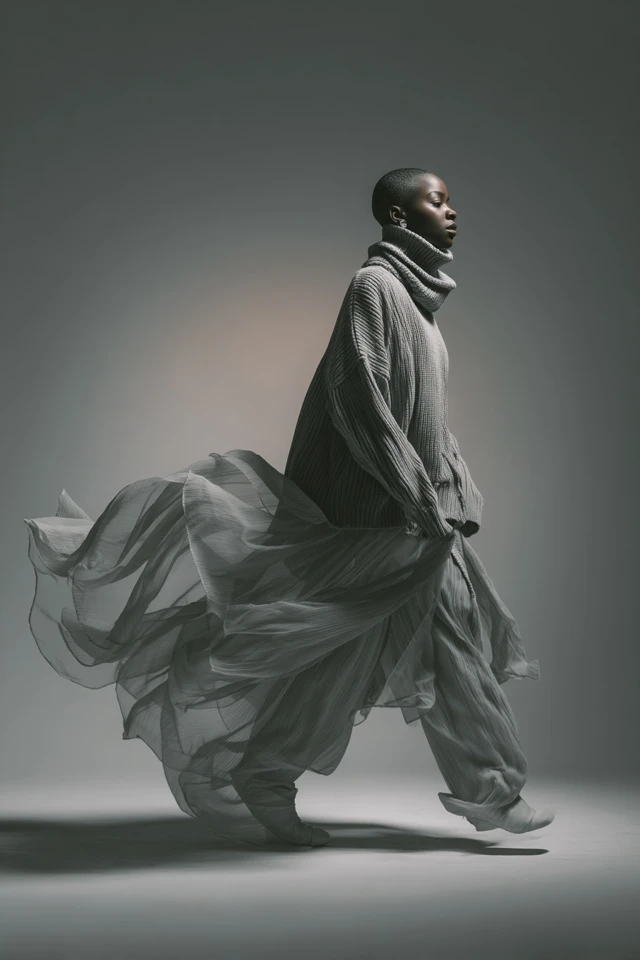
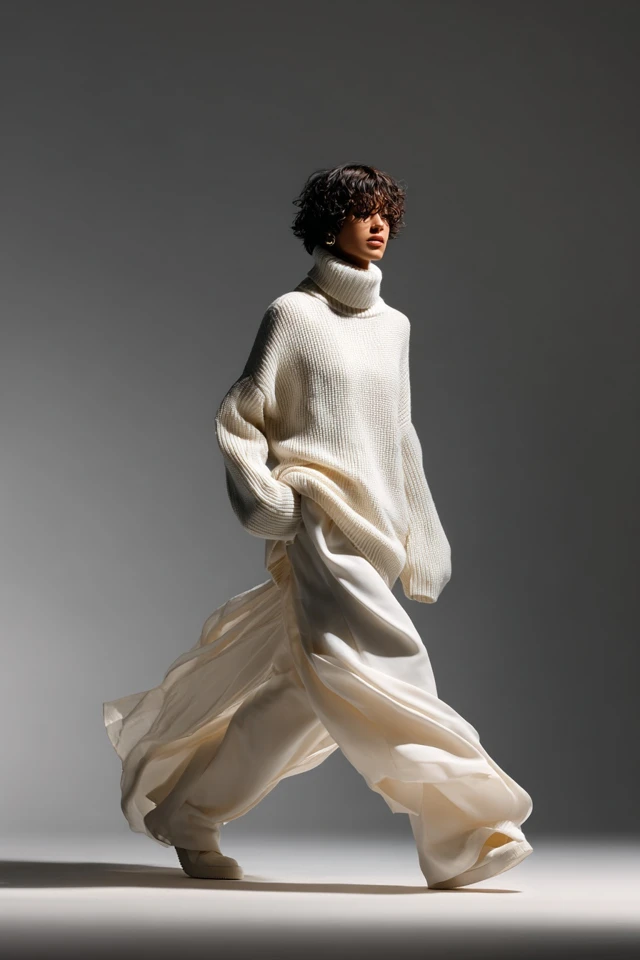
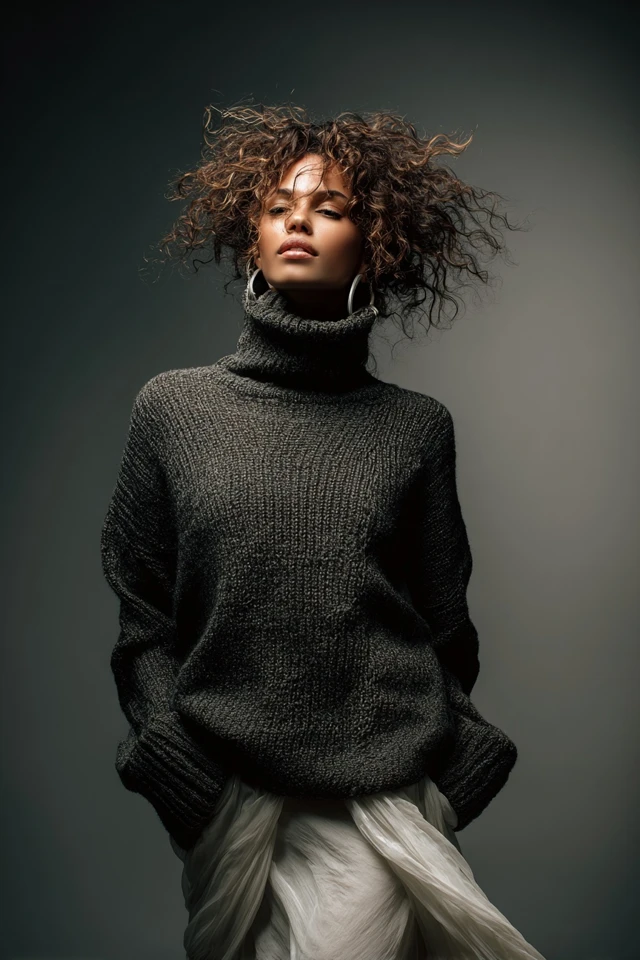
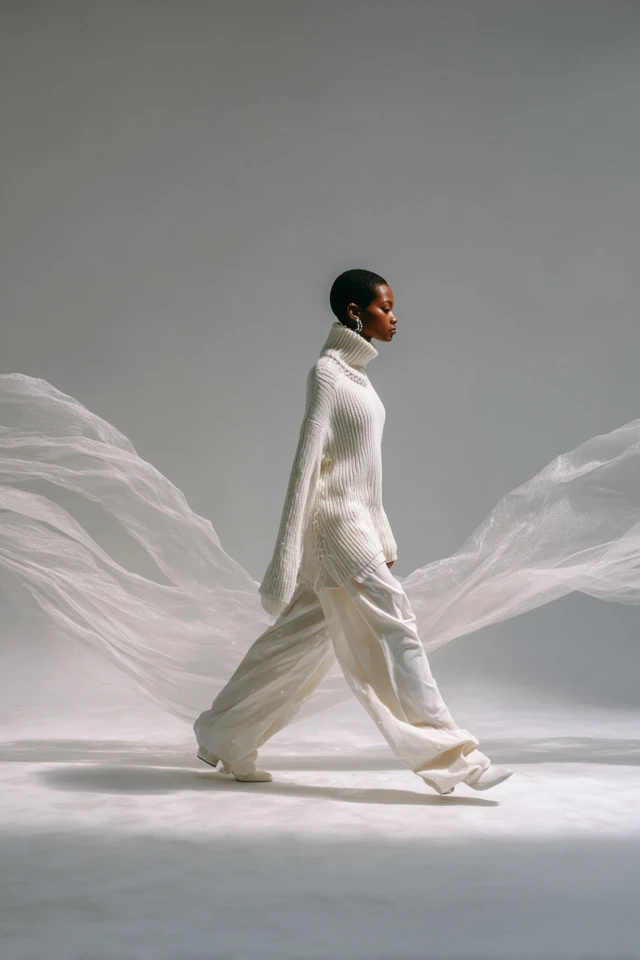
Color Psychology & Emotional Impact
The emotional resonance of color in clothing is profound, influencing both how we feel and how we are perceived by others. Turtlenecks, often available in a spectrum of colors, offer rich opportunities to harness this psychological effect.
Warm tones like rust, camel, and deep reds evoke warmth and approachability. These colors encourage social connection and can soften the formality of a turtleneck, making it perfect for cozy gatherings or creative workplaces.
Cool tones such as navy, charcoal, and deep greens convey calmness, intelligence, and reliability. When paired with tailored trousers or structured outerwear, these hues elevate a casual turtleneck to business-appropriate attire, reinforcing impressions of competence and calm assurance.
Neutrals—black, white, cream, and gray—offer timeless versatility and sophistication. Their psychological effect is one of balance and neutrality, suitable for a wide range of settings and allowing for expressive accessories to shine.
According to first-impression science, color can influence judgments within seconds. Choosing a turtleneck in a color that aligns with your desired mood or message can give you an invisible edge, boosting self-confidence while subtly guiding how others respond to you.
Personal Style & Body Type Considerations
When incorporating turtlenecks into your wardrobe, personal style and body type are crucial factors to consider to ensure both comfort and confidence.
Silhouette and Fit
For those with a pear-shaped body, lighter-colored or patterned turtlenecks paired with dark, streamlined bottoms can balance proportions. Hourglass figures benefit from fitted turtlenecks in stretchy knits that emphasize the waist, while rectangular shapes might opt for turtlenecks with interesting textures or layering to create dimension.
Fabric choice matters too—soft wool blends and cashmere offer warmth without bulk, while ribbed knits can provide flattering vertical lines. Those sensitive to fit should avoid overly tight turtlenecks that may feel constricting or emphasize areas they prefer to minimize.
Complexion and Color Harmony
Undertones impact which shades of turtleneck colors are most flattering:
- Warm undertones: Opt for rich earthy tones like burnt orange, olive green, mustard yellow, and warm reds.
- Cool undertones: Embrace jewel tones such as sapphire, emerald, and amethyst, as well as icy neutrals like cool grays and pure whites.
- Neutral undertones: You have flexibility but generally look best in soft, muted shades like dusty rose, soft taupe, or classic navy.
Quick Checklist: Which Turtleneck Suits You Best?
- What’s your primary body shape? (Pear, hourglass, rectangle, apple)
- Do you prefer fitted or relaxed silhouettes?
- What fabric textures feel comfortable and suit your climate?
- Which colors complement your skin tone and personal style?
- Do you want a turtleneck for layering or as a statement piece?
Answering these questions can guide your purchases toward pieces that enhance your natural assets and reflect your style essence.
Current Trends & Timeless Classics
While the turtleneck is a perennial favorite, its styles and colors ebb and flow with fashion trends. Currently, sustainable fabrics and oversized fits dominate fashion conversations. Elevated knits in organic cotton, recycled wool, and bamboo blends not only offer comfort but also appeal to the growing eco-conscious consumer.
The oversized turtleneck, sometimes paired with wide-leg trousers or pleated skirts, feeds into the trend for relaxed elegance while maintaining warmth. Meanwhile, slimmer, finely knit turtlenecks remain a staple for layering under blazers and jackets, merging timeless appeal with modern polish.
Trending colors this season include warm camel, creamy ivory, and muted lilac—all soft yet distinctive hues that add personality without overwhelming your outfit. Pair these trend-forward shades with evergreen basics like dark denim, tailored black trousers, or camel coats to create looks that are both modern and enduring.
Practical Tips & Recommendations
Here are actionable tips to help you integrate cozy turtlenecks into your wardrobe efficiently and stylishly:
- Shopping: Invest in a mix of textures and weights—from lightweight merino wool for layering to chunky cashmere for statement comfort.
- Wardrobe Maintenance: Follow garment care guidelines carefully; many knit turtlenecks benefit from hand washing or gentle machine cycles to preserve softness and shape.
- Layering: Use turtlenecks as a base under dresses, blazers, or jumpers to extend your wardrobe versatility. Thin turtlenecks work well under structured jackets, while chunkier ones pair beautifully with long coats.
- Accessories: Add long necklaces or scarves to break up neckline lines, or accessorize with bold earrings to draw attention upwards.
- Color Combos to Try Now: Camel turtleneck with forest green trousers; charcoal gray with burgundy skirt; ivory with navy jeans—all combinations rich in emotional and visual impact.
Incorporating these strategies ensures that your turtleneck looks intentional, polished, and preparatory for any occasion.
FAQs
- What is the best color to choose if I want a signature turtleneck?
- Pick a color that complements your complexion and aligns with your personal style—neutrals like black or cream are versatile, while bold shades like deep red can become signature pieces that exude confidence.
- How can I update my turtleneck wardrobe without breaking the bank?
- Focus on quality basics first, then add statement colors or textured knits from seasonal sales or sustainable brands offering affordable options. Consider upcycling or swapping within your community for variety.
- Are turtlenecks suitable for all seasons?
- Yes, lighter fabrics like cotton and merino wool turtlenecks work great for transitional weather, while thicker knits and cashmere are ideal for colder months. Layering extends their usability year-round.
- How do I build a capsule wardrobe featuring turtlenecks?
- Choose a cohesive color palette, mixing neutrals and accent colors, and invest in two to three turtlenecks with different fits and textures. Pair them with multipurpose bottoms and jackets for maximum outfit combinations.
- Can turtlenecks be professional attire?
- Absolutely. A well-fitted, fine-knit turtleneck in a subdued color paired with tailored pants or a pencil skirt creates a polished, contemporary business look.
Conclusion
In summary, the cozy turtleneck stands as a versatile, empowering garment rooted in both fashion tradition and modern psychology. From the emotional impact of color to the importance of tailoring pieces to your body type and personal style, turtlenecks offer limitless opportunities to enhance confidence and self-expression.
I encourage you to experiment with colors, layering techniques, and styling to find combinations that resonate uniquely with your personality and lifestyle. Remember, fashion is a dynamic dialogue between your inner self and the world—let your turtleneck be one of your bold, warm statements.
Please share your thoughts, styling successes, and questions in the comments below. Don’t forget to subscribe for more insights on fashion, color psychology, and dressing to impress.

